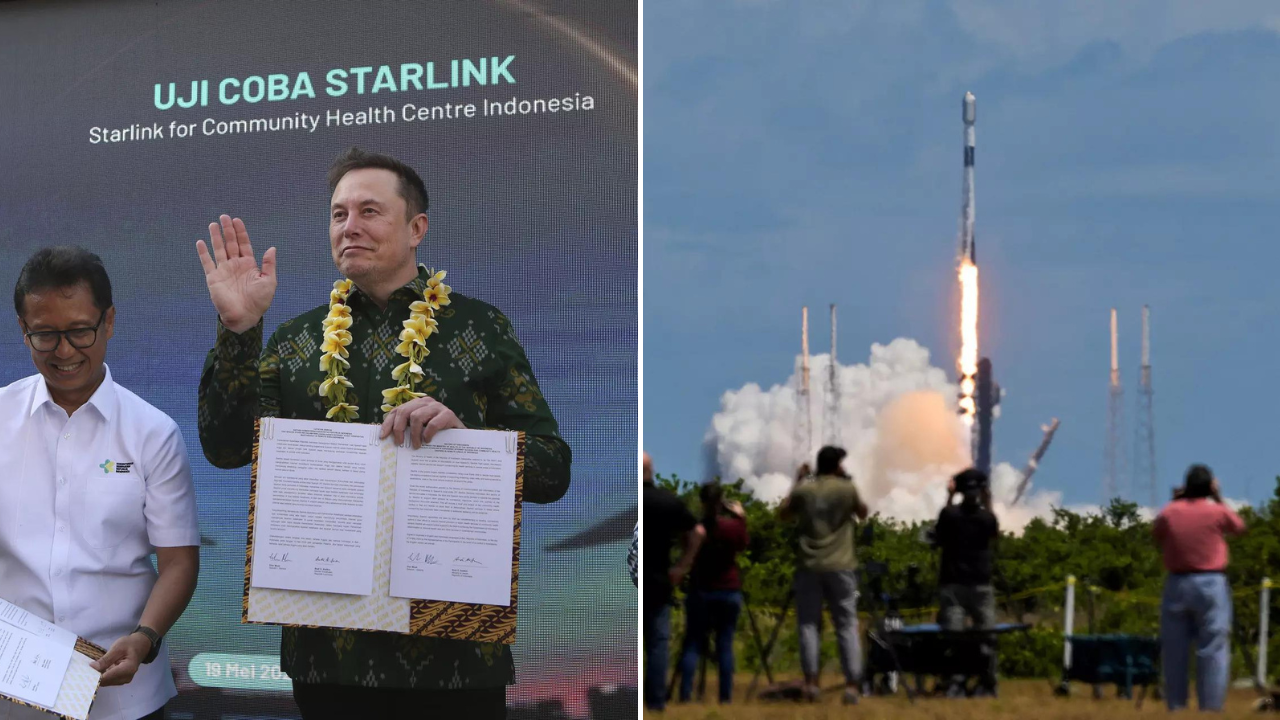
Are Starlink Satellites Depleting Earth’s Ozone Layer?
A recent study has raised concerns about the environmental impact of Starlink satellites launched by Elon Musk’s SpaceX. With over 6,000 out of 8,100 objects in low Earth orbit attributed to Starlink, scientists are worried about the potential effects on Earth’s ozone layer.
Joseph Wang, a researcher at the University of Southern California and the lead author of the study, highlighted the implications of the growing number of satellites in orbit. “Only in recent years have people started to think this might become a problem. Our team was one of the first to investigate the potential consequences,” Wang said.
SpaceX has been granted permission to launch an additional 12,000 satellites, with plans for up to 42,000. Amazon and other companies are also gearing up to deploy their own large constellations of satellites, ranging from 3,000 to 13,000.
Published in the AGU journal Geophysical Research Letters, the study delves into the environmental impact of satellite reentry into the atmosphere. As satellites burn up during reentry, they release aluminum oxides that can accelerate ozone depletion. The research employs advanced simulations to explore this oxidation process.
The findings suggest that satellite reentries in 2022 caused a 29.5% increase in atmospheric aluminum levels above natural levels, introducing around 17 metric tons of aluminum oxides into the mesosphere. If mega-constellations become the norm, this amount could soar to over 360 metric tons annually.
Aluminum oxide nanoparticles from satellite reentries may linger in the atmosphere for years, spurring chlorine activation in the stratosphere and contributing to ozone depletion. The study estimates that a 250-kg satellite with 30% aluminum content could produce nearly 30 kg of aluminum oxide clusters during reentry.
In total, satellite reentries in 2022 added 41.7 metric tons of aluminum to the atmosphere, surpassing natural levels by 29.5% due to space dust.
(Source: With inputs from agencies)








